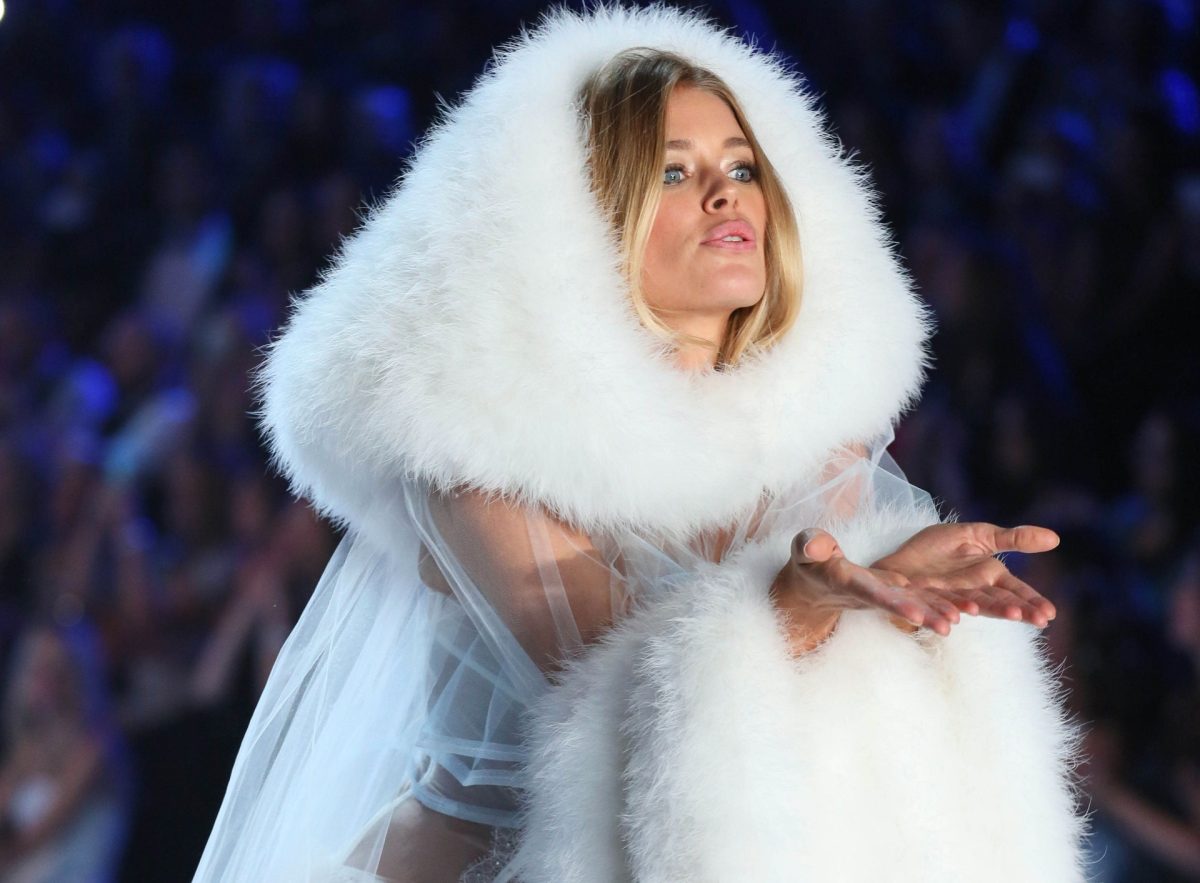Pink and white stripes, angel wings and a dark past. When we think of the Victoria’s Secret Fashion Show, two images pop in our heads: one of glamorous costumes and catwalks and the other of an out-of-touch company struggling to catch up to the wave of modern feminism.
As the Victoria’s Secret Show prepared to make its grand return on Oct. 15 after a six-year hiatus, we questioned how its outdated views of feminine beauty would fit into the progressive climate of 2024.
The show was indefinitely discontinued after 2018 once controversies arose regarding the former CEO’s ties to Jeffrey Epstein and offensive remarks made by the brand’s former Chief Marketing Officer about the exclusion of transexual models, which caused sales to plummet.
We think it was not only an economically wise decision to take a step back from the show, but a necessary one. It is clear that the company needed time to regroup and make more conscious decisions regarding the portrayal of its brand in modern times. However, we are questioning whether any substantial differences have actually been made.
During the past six years, it has been evident to consumers that the brand has made significant strides in being more inclusive and body-positive; however, the marketing for the show has told a different story.
As we scroll through the company’s Instagram, looking at their advertisements for the fashion show, it seems that the posts share the same ideals and sizes as the previous shows did. This recalls the strategy of the early 2000s when the male gaze was the idealized audience. Following that there was clear backlash that called for an inclusive marketing strategy that clearly isn’t being followed now.
As teenage girls, it is frustrating to us to see the same beauty standards that have been idealized in the past resurfacing in a show that is supposed to showcase a new era of femininity and inclusivity. How can a company claim inclusivity when all of its advertisements are pictures of stereotypically beautiful and skinny women like Tyra Banks, Gigi Hadid and Taylor Hill?
It seems to us that the show’s advertisements are not in line with the inclusivity buzz that the show was reporting to outlets. We see their social media honing in on pretty faces, slim bodies and famous models, yet are they including some plus size models in their show? So we are left wondering, are they including diversity because they have to, or because they want to? And by not emphasizing this diversity in beauty ideals, do they risk alienating the very audience they are trying to re-energize?

